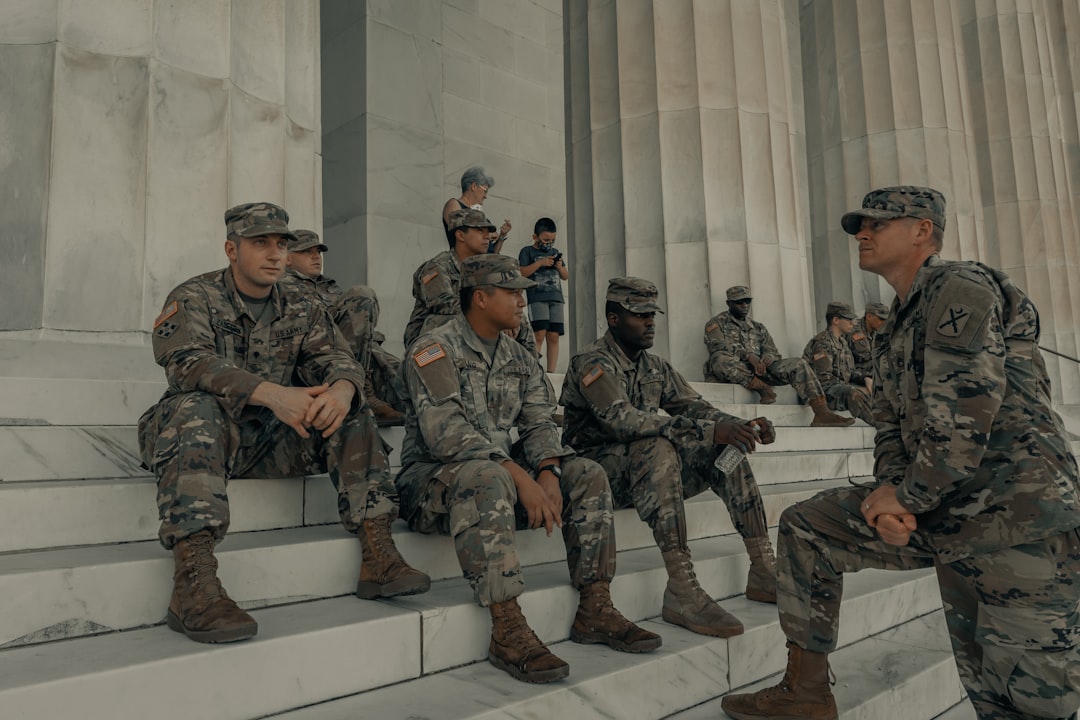A Stark Reality Check (Image Credits: Unsplash)
In the shadowed corridors of diplomacy, where urgent whispers often carry the weight of nations, a top U.S. official laid out a grim reality to Ukrainian leaders.
A Stark Reality Check
Imagine sitting across from military brass, hearing that your forces might crumble any day now. That’s exactly what happened when U.S. Army Secretary Dan Driscoll met with Ukrainian counterparts. He didn’t mince words, stressing that without swift action, defeat loomed large on the horizon.
This wasn’t just tough talk. Driscoll tied his warning directly to a budding peace initiative, urging Ukraine to consider it seriously. The conversation highlighted the fragile balance in the ongoing conflict, where every delay could tip the scales.
His message cut through the optimism some hold onto, forcing a moment of reckoning amid the chaos of war.
Behind the Push for Peace
The initial peace plan Driscoll championed draws from broader U.S. efforts under the Trump administration to wrap up the Russia-Ukraine war. It includes a 28-point framework that’s been circulating in leaks and reports, aiming to freeze lines and ease tensions.
Key elements involve territorial concessions and limits on Ukraine’s military buildup, ideas that echo long-standing Russian demands. Yet, U.S. officials insist it’s a starting point, not a final dictate, designed to spark real negotiations.
Driscoll’s role here shows how military leaders are stepping into diplomatic waters, blending strategy with calls for compromise.
Rifts Within the Administration
Not everyone in Washington sees eye to eye on this approach. The meeting exposed deepening divides in the Trump team, with some pushing hard for a deal while others worry it sells Ukraine short.
Secretary of State Marco Rubio has reportedly distanced himself from parts of the plan, calling certain proposals more like a Russian wishlist than a balanced solution. Senators have voiced frustration too, questioning if this rushes toward an unfair settlement.
These internal clashes could slow momentum, but they also underscore the high stakes involved in ending a conflict that’s drained resources on all sides.
Ukraine’s Defiant Stance
President Volodymyr Zelenskiy has made it clear Ukraine won’t budge on core principles. He welcomes discussions with Trump and European allies but rejects ideas like permanent neutrality or slashing army sizes outright.
Recent statements from Kyiv emphasize readiness to advance a U.S.-backed framework, yet only on terms that preserve sovereignty. This pushback comes as U.S. military officials visit the region, signaling continued support despite the warnings.
It’s a delicate dance, with Ukraine balancing survival needs against the allure of peace.
Global Echoes and Secret Talks
Europe watches warily, with leaders cautioning against any plan that weakens Ukraine’s position. Reports of secret U.S.-Russian discussions in places like Abu Dhabi add layers of intrigue to the mix.
These behind-the-scenes efforts aim to restart broader settlement talks, but they risk alienating allies if not handled carefully. The involvement of figures like Rubio shows diplomacy’s intricate web at play.
Meanwhile, the battlefield remains unforgiving, amplifying the urgency of these diplomatic maneuvers.
Mapping the 28-Point Plan
To understand the controversy, let’s break down some core aspects of the leaked proposal. It covers everything from ceasefires to long-term security guarantees, but not without controversy.
- Territorial adjustments: Recognizing current front lines as a basis for talks, potentially ceding some land.
- Military caps: Limiting Ukraine’s forces to pre-war levels, a sore point for Kyiv.
- Neutrality clause: Barring NATO membership in exchange for security pacts.
- Economic aid: Promises of reconstruction funding tied to compliance.
- Monitoring mechanisms: International observers to enforce any agreement.
This outline sparks debate because while it offers a path out, it demands tough compromises from Ukraine.
Key Takeaways
- The U.S. warning highlights the dire military situation, pushing for immediate peace talks.
- Internal U.S. divisions complicate the process, with the 28-point plan facing pushback.
- Ukraine remains committed to its red lines, seeking a deal that safeguards its future.
As the war drags into its fourth year, Driscoll’s warning serves as a sobering reminder that time isn’t on anyone’s side. True peace will demand creativity and concessions from all parties involved. What do you think Ukraine should do next? Share your thoughts in the comments below.








